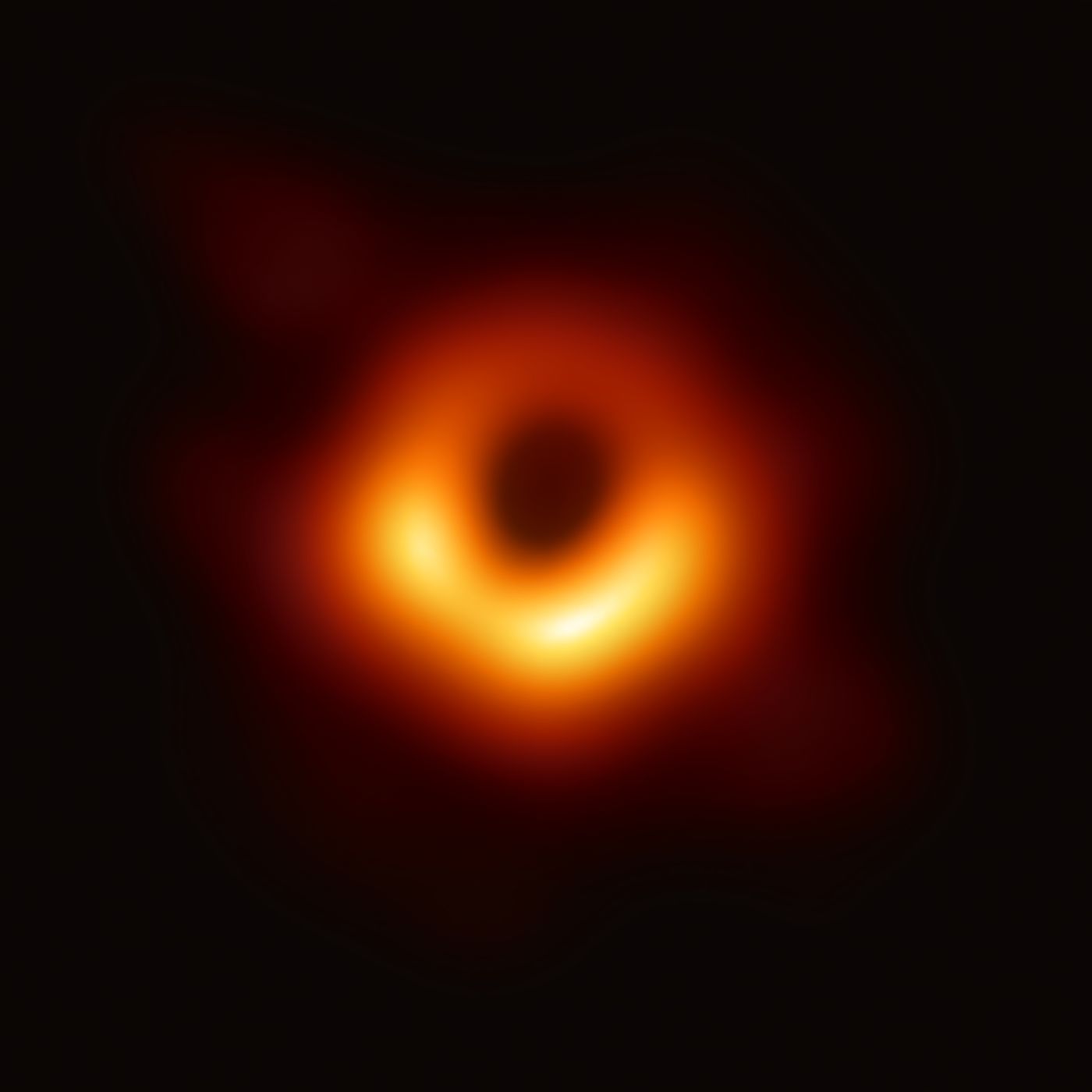New Technology Takes Us Up Close with Black Holes
In a recent study published in The Astrophysical Journal, an international collaboration of researchers use computer models to measure a sharp ring of light predicted to arise from photons lashing from behind the supermassive black hole at the center of Messier 87. This study raises the potential to help us better understand a black hole’s physical appearance since it’s impossible to see the backside of a black hole with the bright orange glow of its event horizon concealing it.
The year 2019 marked a dramatic change in our understanding of black holes when the first image of a supermassive black hole and its shadow at the center of Messier 87, an elliptical galaxy 50 million light-years away, was revealed to the world by the Event Horizon Telescope (EHT). Our own Milky Way has a supermassive black hole, Sagittarius A*, that exists at its center, and it is believed that most galaxies have black holes at their centers, as well.
"The approach we took involved leveraging our theoretical understanding of how these black holes look to build a customized model for the EHT data," says Dr. Dominic Pesce, a scientist based at the Center for Astrophysics (CfA) | Harvard & Smithsonian, member of the EHT collaboration, and a co-author on the study. "Our model decomposes the reconstructed image into the two pieces that we care most about, so that we can study both pieces individually rather than blended together."
This study’s result happened since the EHT is a "computational instrument at its heart," says Dr. Avery Broderick, who is an Associate Professor in the Department of Physics and Astronomy at the University of Waterloo, a Delaney Family John Archibald Wheeler Chair at the Perimeter Institute, and lead author of the study. "It is as dependent on algorithms as it is upon steel. Cutting-edge algorithmic developments have allowed us to probe key features of the image while rendering the remainder in the EHT's native resolution."
While the 2019 image of Messier 87 was considered a gamechanger, the researchers believed they could extract more data from the image while gaining new insights about one of the universe’s most mysterious objects. They accomplished this by applying software using existing EHT data from 2017, which is just now bearing its fruits.
"As we continue to add more telescopes and build out the next-generation EHT, the increased quality and quantity of data will allow us to place more definitive constraints on these signatures that we're only now getting our first glimpses of," says Dr. Paul Tiede, a CfA astrophysicist and EHT fellow at Harvard University's Black Hole Initiative, and a co-author on the study.
Sources: The Astrophysical Journal, National Geographic, Space.com
As always, keep doing science & keep looking up!









